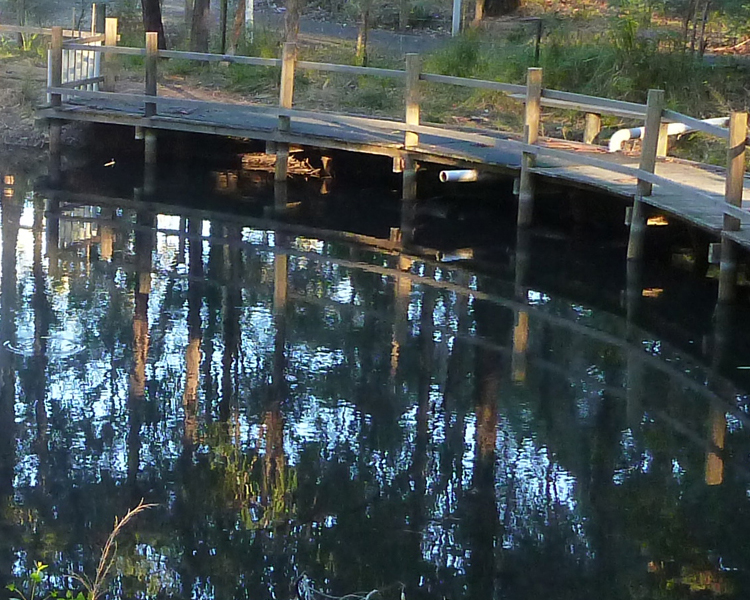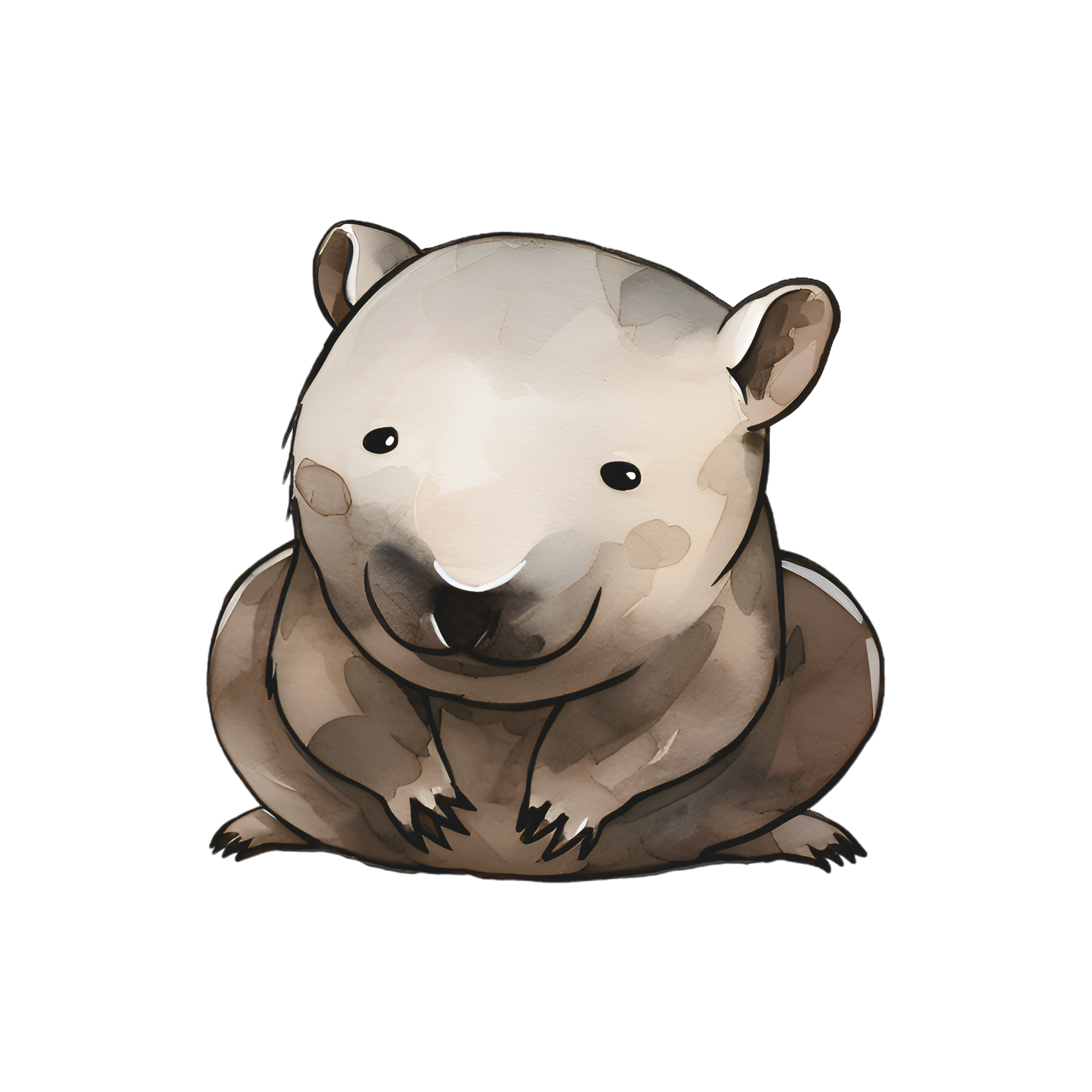The common yabby is an Australian freshwater crustacean in the Parastacidae family. It is listed as a vulnerable species of crayfish by the International Union for Conservation of Nature, though wild yabby populations remain strong, and have expanded into new habitats created by reservoirs and farm dams.
Yabbies occasionally reach up to 30cm in length, but are more commonly 10–20cm long.
An Australian yabby can travel up to 60 kilometres across land in search of new waters to make its home.
The word "yabby" comes from the Wemba Wemba, an Aboriginal Australian language." ... Wikipedia
If you have time ..... tie your bait onto the end of some fishing line, then sit and fish for the yabbies. Or, set our yabby nets and go and engage in another lesson before returning to discover how many yabbies you have caught.
Schools MUST provide their own bait for this lesson - usually left over meat (cooked or uncooked) from a BBQ meal.
If successful in catching yabbies, students are shown the safe way to pick up a yabby. They are then encouraged to give it a go, or at least touch a yabby, a very unique experience for most students engaged in this lesson. Yabbying is a catch & release activity. Once photos are finished, all yabbies caught must be safely released back into the dam.
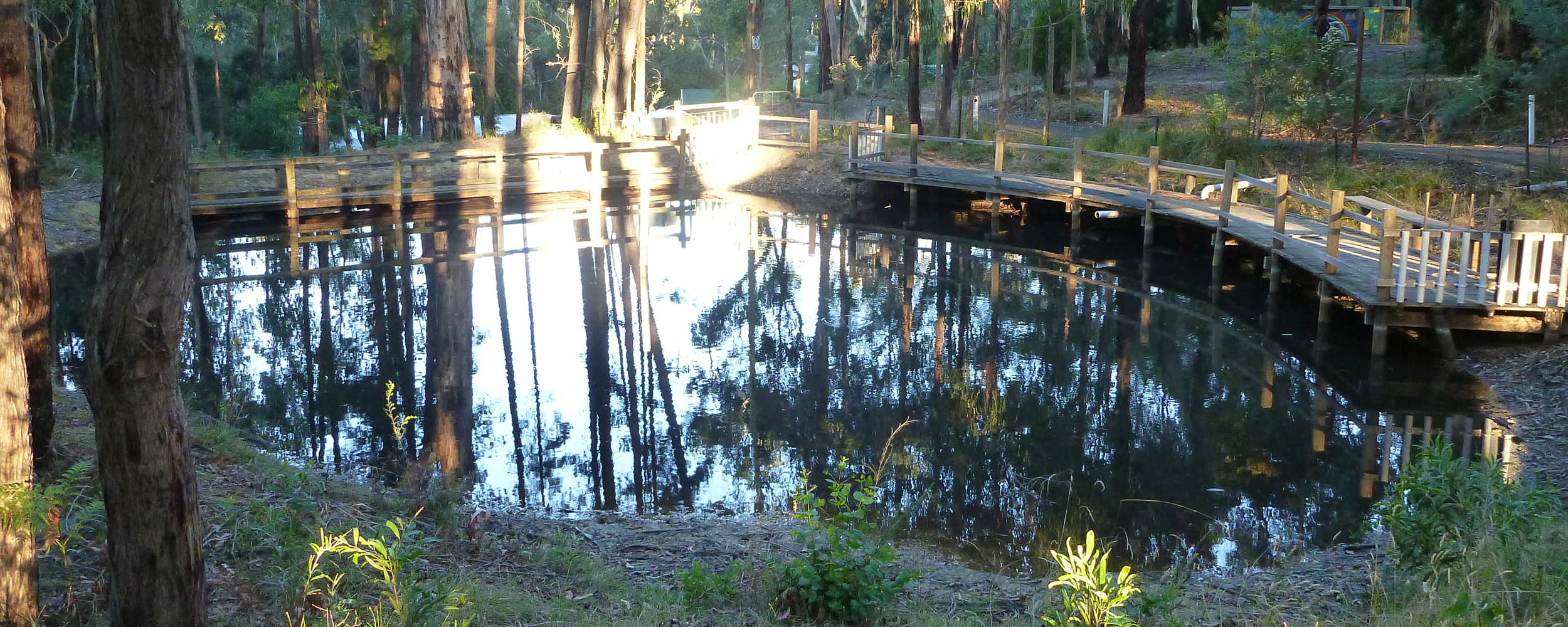
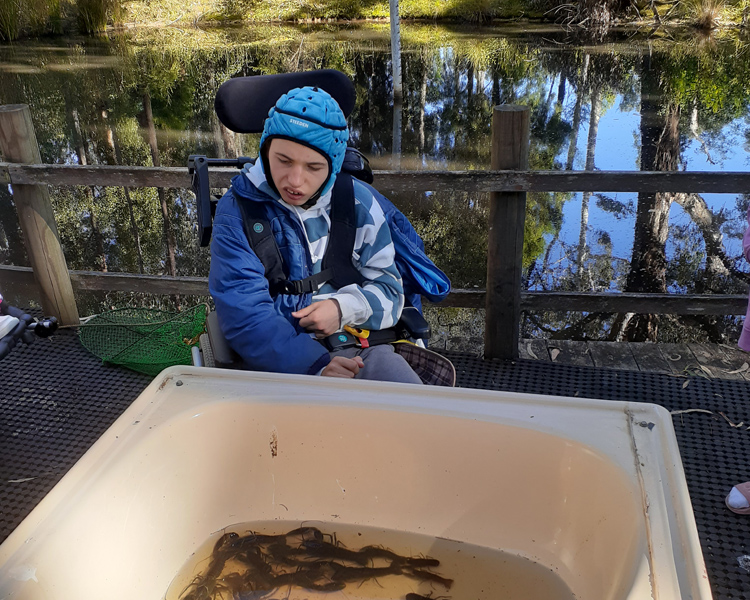
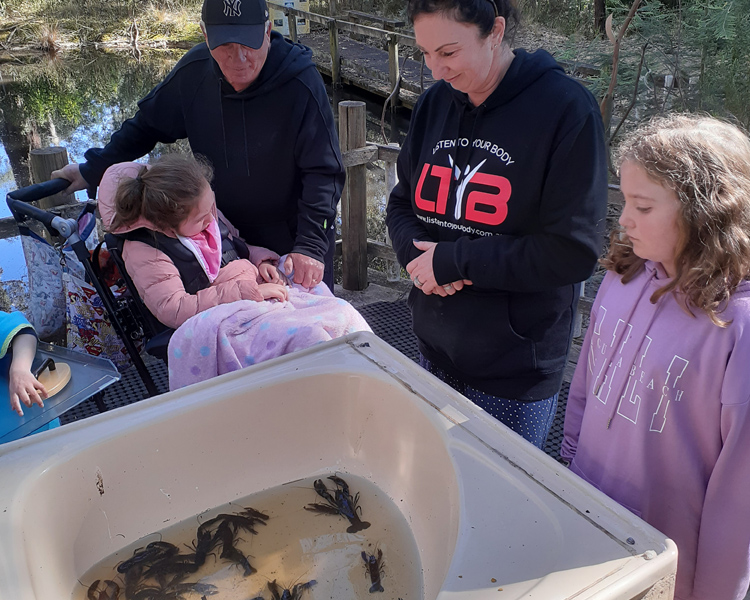
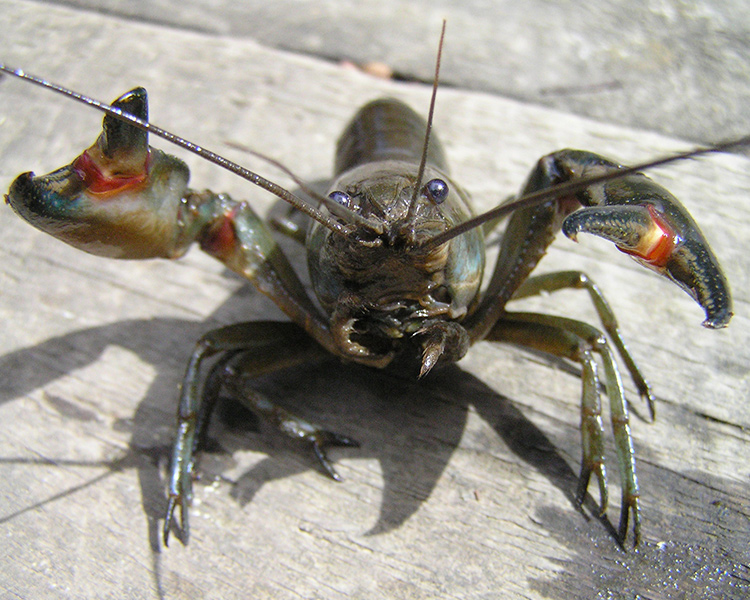
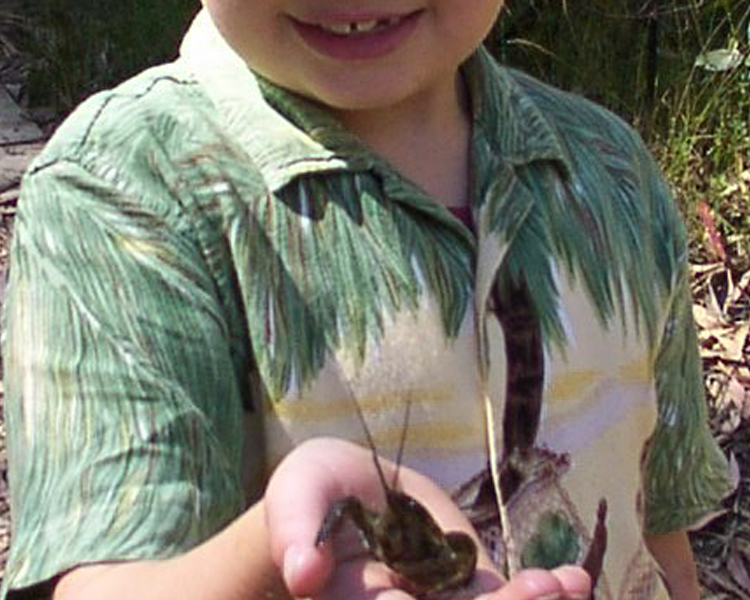
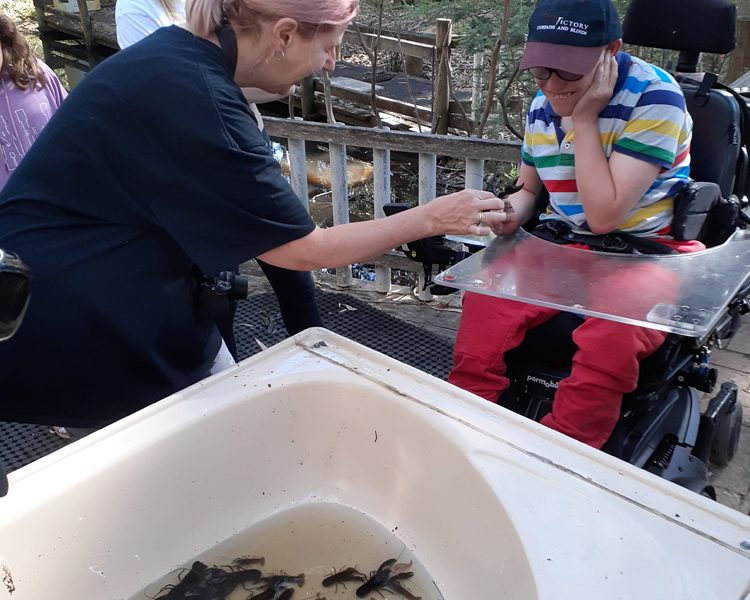
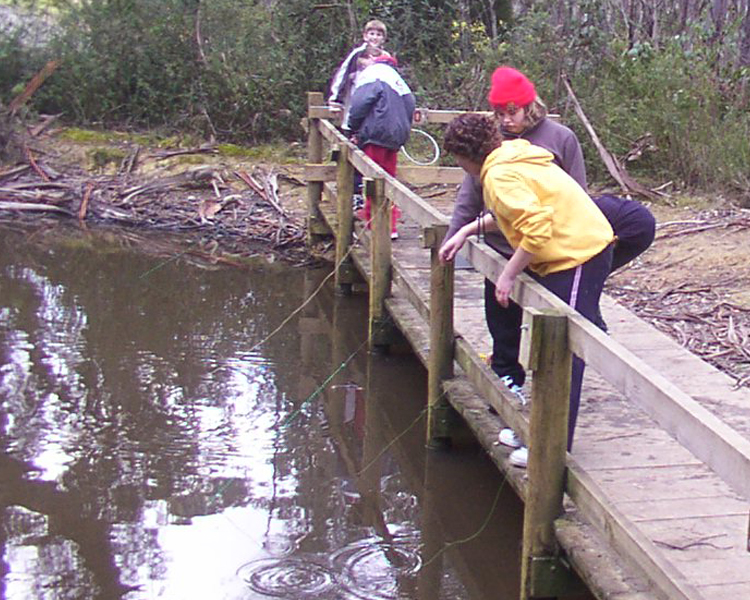
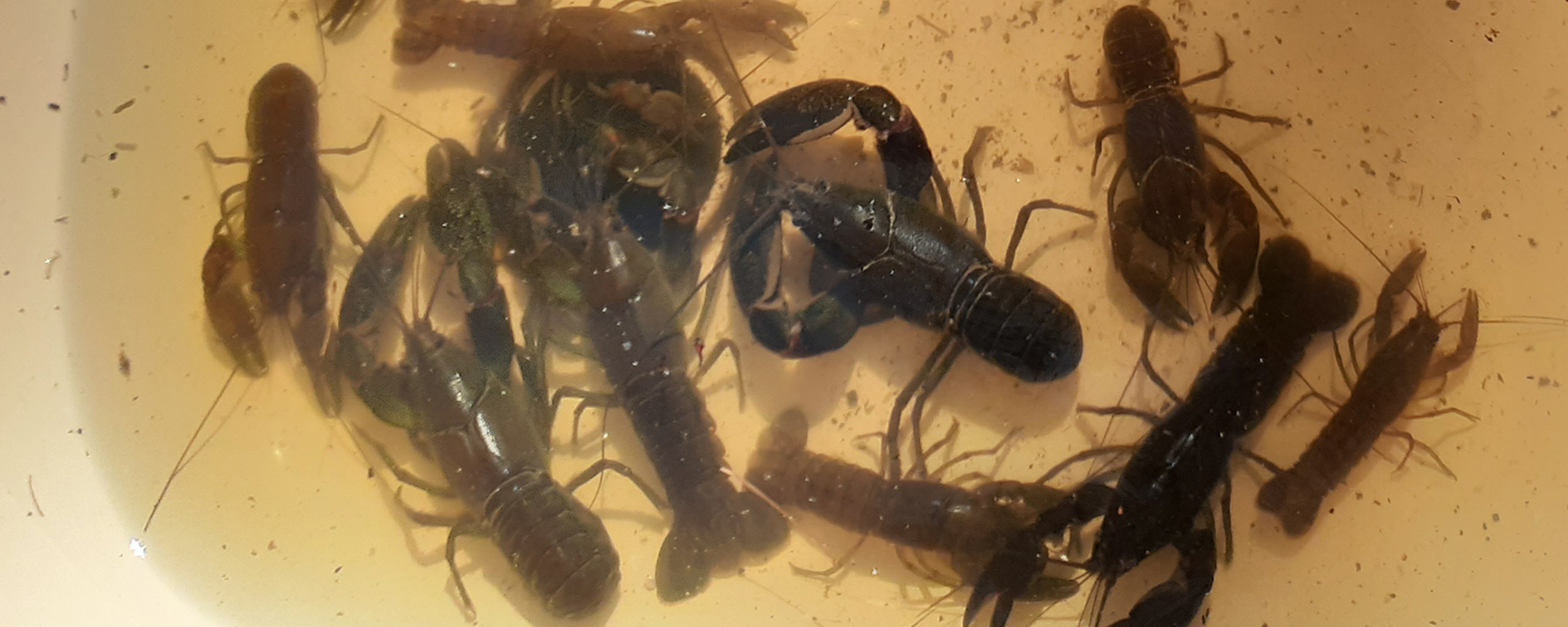
WOW!
Important Information
About this Lesson
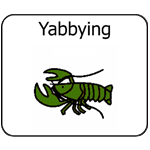
Minimum time allocation:
½hr
Victorian Curriculum learning area/capability:
ELA – Speaking and Listening - Language for Interaction, Expressing and Developing Ideas
SCSO – Social Awareness and Management - Collaboration
SCSE – Self-awareness and Management - Developing resilience
History of this Yabbying at Blackwood Special Schools OEC
1970 - Yabbying established
*Blackwood Staff can never be considered as part of any staff : student ratio during the delivery of any lesson

